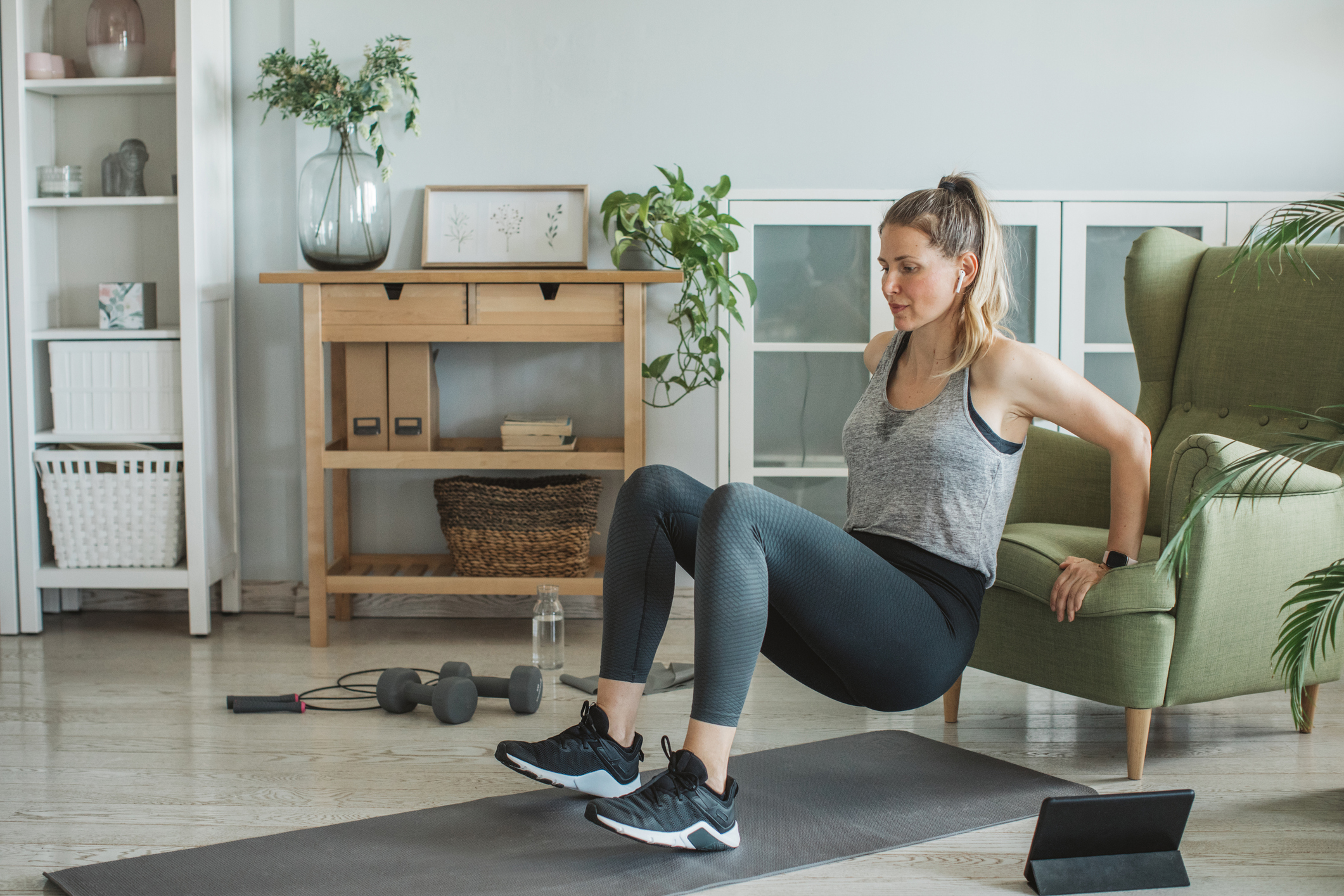

Some women are still embarrassed to talk to their doctors about urinary incontinence, in part because they may believe they’re the only ones who suffer from it. However, this involuntary leakage of urine is a lot more common than you may think.
An estimated 50 percent of adult women experience urinary incontinence. And it only increases with age. In fact, up to 75 percent of women over 65 report bladder leaks.
Of the two types of urinary incontinence, stress urinary incontinence is more prevalent. Stress incontinence is triggered by physical activities such as coughing, laughing, sneezing, jumping or even walking. Women with stress incontinence often give up doing things they enjoy, like exercising, playing their favorite sport or even dancing, just to avoid triggering a bladder leak.
In the case of stress incontinence, women are often referred to pelvic floor physical therapists to learn how to perform Kegel exercises to tighten and strengthen the muscles which support the bladder. And studies show Kegels help 50 to 75 percent of patients with incontinence.
But what about the remaining 25 to 50 percent? Investigators have found that adding a second exercise regimen may increase their odds of relief…
Kegels and resistance training: a potent combo
A study compared two groups of incontinent women: those who had done Kegels before the study and those who had not. Both groups then started resistance training. This regimen includes exercises using free weights and machines where an individual uses their muscles to push against the weighted resistance. This resistance increases muscular strength over time.
Researchers recorded the participants’ incontinence severity, pelvic floor muscle strength and body composition measurements before and after exercising. The body composition measurements included body mass index, fat and muscle mass.
The results show that the stronger the pelvic floor muscles got, the less stress urinary incontinence was experienced. Also, participants in the group that did Kegel exercises before their resistance training had a significant increase in muscle mass and a corresponding reduction in fat mass.
“Physically active women tend to have stronger pelvic floors, and this is thought to contribute to a successful continence mechanism when there is an increase in their intra-abdominal pressure,” says Donelle Cross of Flinders University in Australia.
A previous study found more than eight percent of incontinent women no longer experienced urinary leakage during their daily life after doing resistance training.
Both studies suggest that resistance training has a positive impact on pelvic floor strength and helps women activate their pelvic floor muscles in a timely and effective way. And the new research showed doing Kegels before initiating resistance training provides the most effective results in reducing stress urinary incontinence.
Activating the pelvic floor is key
One thing that contributed to the study’s successful results is that participants were frequently reminded to activate their pelvic floor muscles when engaging their core during the resistance training.
If you can strengthen your pelvic floor that means you won’t have to rely on medications to relieve bladder urgency. That matters because those medications are anticholinergics. They block the brain chemical acetylcholine, which does two important things — promotes muscle contractions and participates in the brain’s learning and memory.
So while popping a pill could prevent the urgency you feel from muscle contractions in your bladder, it can also mess with your memory and cognitive abilities.
Now — before you start a Kegel and resistance training regimen, you may want to know exactly how to activate your pelvic floor muscles…
The first step is to identify them. The pelvic floor is located between the tailbone and the pubic bone and supports the bladder, bowels, vagina and uterus. They’re the muscles you use to stop urinating.
Next, to do a proper Kegel, concentrate on squeezing those muscles. If you feel a pulling-up sensation, you’re doing it right. Don’t tighten your whole body, and definitely don’t clench your butt muscles at the same time, or you’ll add unnecessary tension to your pelvic floor. Try to target only the pelvic floor.
It’s tempting to hold your breath when you contract the pelvic floor muscles. Make sure you keep breathing so you can keep oxygen flowing to those muscles.
Sources:
Kegel exercise solution for women — Flinders University
Does a Kegel Exercise Program Prior to Resistance Training Reduce the Risk of Stress Urinary Incontinence? — Environmental Research and Public Health
Is urine incontinence normal for women? — Mayo Clinic Health System
When Kegels aren’t enough — Allina Health
What Trainers *Actually* Mean When They Tell You To ‘Activate Your Pelvic Floor’ — Well + Good
